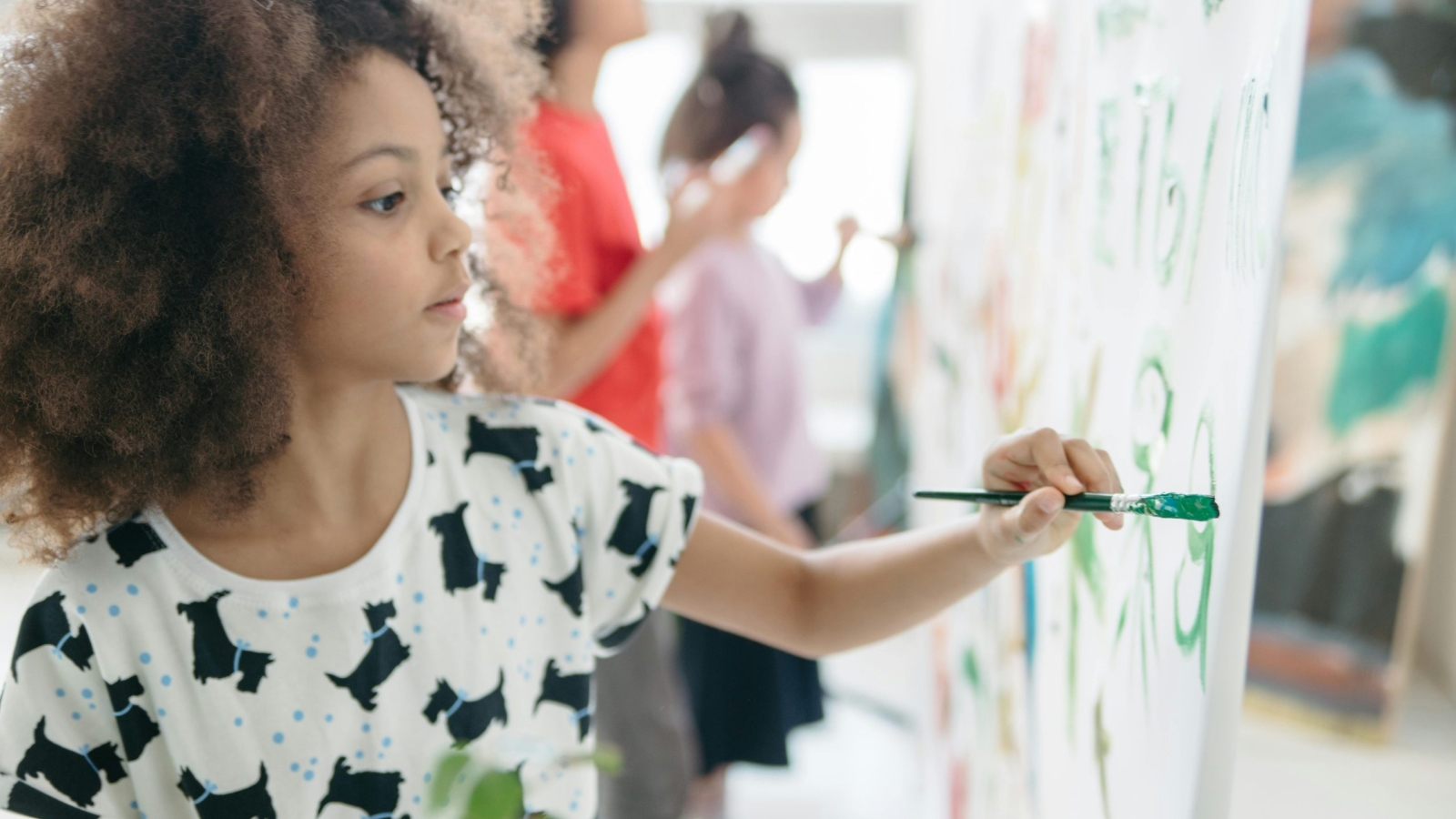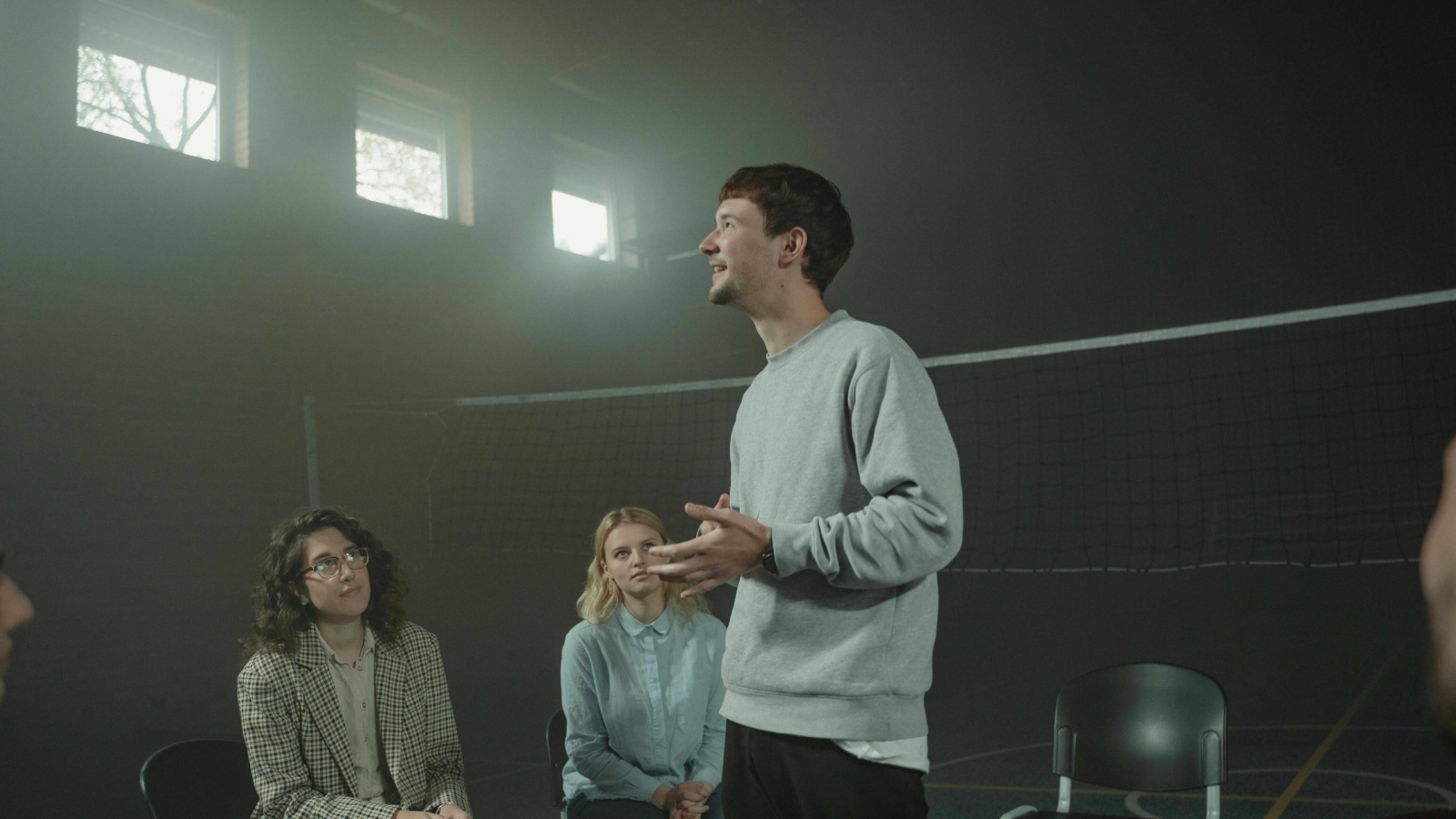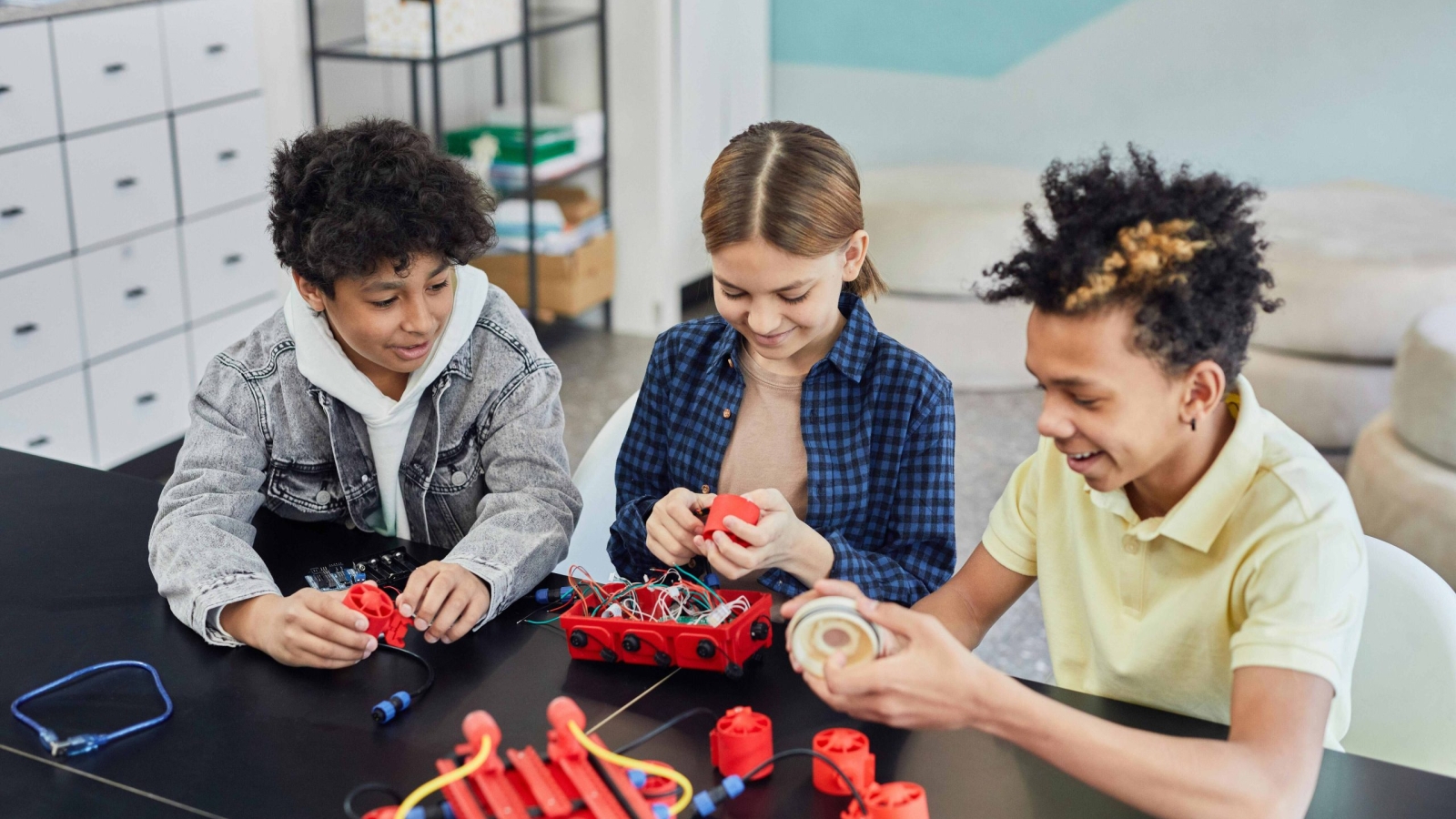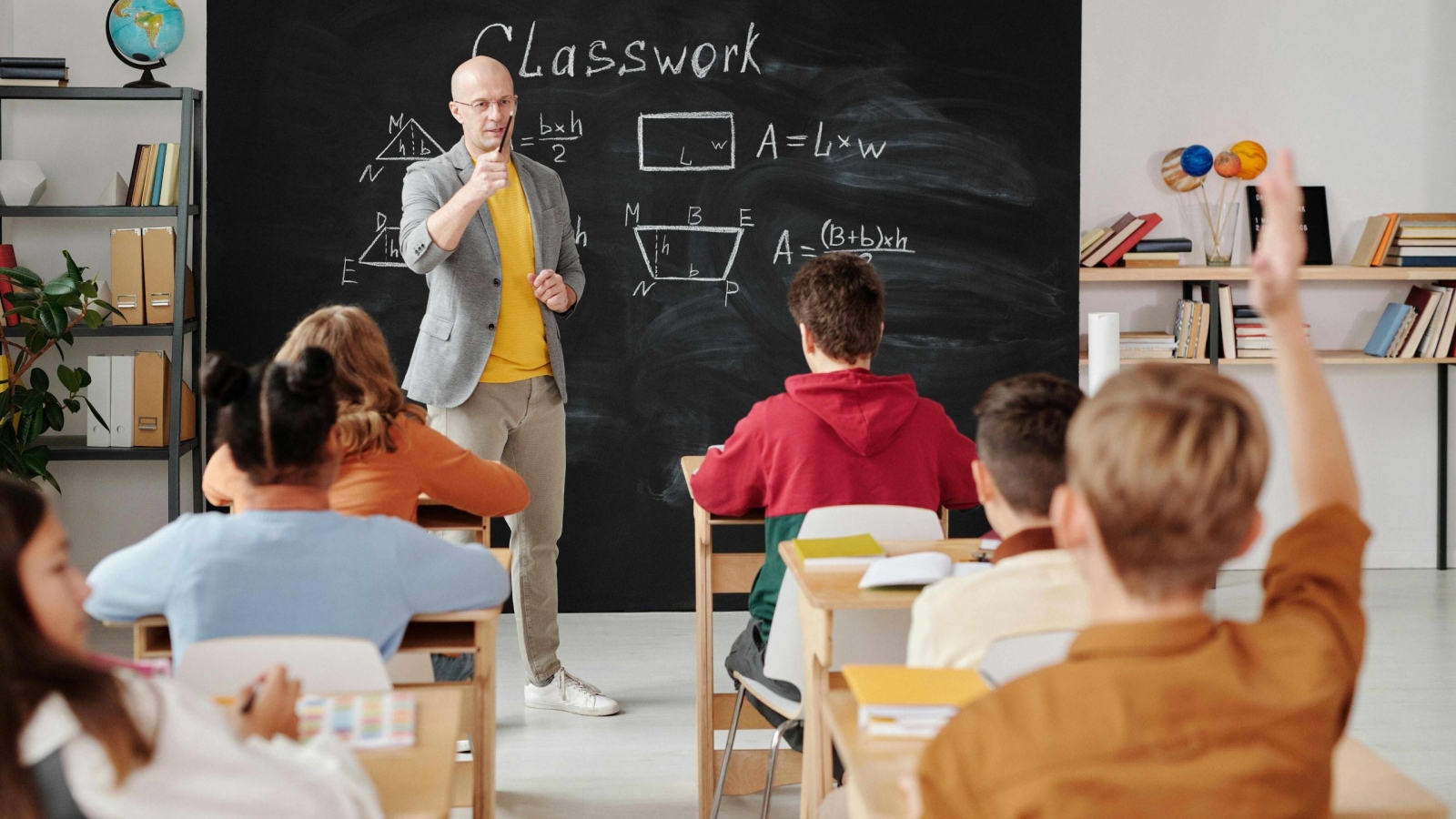Critical thinking is one of the most valuable skills students can develop—it allows them to analyze information, solve problems, and make informed decisions. While classroom learning provides a foundation, school trips offer real-world experiences that challenge students to think independently, ask questions, and apply their knowledge in new contexts.
Here’s how school trips play a crucial role in fostering critical thinking skills in students.
1. Encouraging Inquiry-Based Learning
School trips expose students to new environments, historical sites, scientific exhibits, and cultural experiences that spark curiosity. Instead of simply memorizing facts, students are encouraged to:
- Ask questions about what they see and experience.
- Analyze historical artifacts, scientific phenomena, or artistic works.
- Form their own opinions based on firsthand observations.
For example, a visit to a history museum might lead students to compare different historical perspectives and think critically about how history is recorded.
2. Applying Knowledge to Real-World Situations
One of the biggest advantages of school trips is the opportunity for students to connect classroom learning to real-world applications. Instead of passively absorbing information, they must engage with their surroundings and think about how academic concepts work in practice.
- Science trips to laboratories or environmental centers help students analyze ecological issues or conduct hands-on experiments.
- Business-related trips to factories or local businesses allow students to assess how economic principles play out in real-world markets.
By seeing how knowledge applies in different contexts, students develop the ability to think critically beyond textbooks.
3. Encouraging Problem-Solving and Decision-Making
School trips often present students with challenges that require problem-solving skills. Whether navigating a new environment, participating in an interactive exhibit, or collaborating on a group activity, students must make decisions and think through potential outcomes.
For example:
- During a field trip to a science center, students might need to design an experiment and analyze results.
- In a nature reserve, they might explore conservation challenges and brainstorm possible solutions.
These experiences strengthen their ability to evaluate information, weigh options, and make logical decisions.
4. Exposing Students to Different Perspectives
A key part of critical thinking is understanding that there are multiple perspectives on any given topic. Visiting different cultural, historical, or scientific sites encourages students to see issues from new angles and challenge their own assumptions.
- A trip to a historical landmark might highlight different interpretations of historical events.
- A visit to an art gallery may prompt discussions about how art reflects social and political issues.
- Meeting experts, tour guides, or local community members allows students to hear diverse viewpoints.
Exposure to different ideas helps students develop the ability to assess information objectively and form well-rounded opinions.
5. Strengthening Reflection and Analysis
After a school trip, students often engage in reflection activities—whether through discussions, written reports, or presentations. This process is crucial for developing critical thinking, as it requires students to:
- Summarize what they’ve learned.
- Analyze key takeaways from the experience.
- Compare new knowledge with their existing understanding.
For example, after a visit to a court or government building, students might discuss the role of law in society and debate different legal scenarios.
How Teachers Can Maximize Critical Thinking on School Trips
- Encourage students to ask open-ended questions. Instead of giving them answers, challenge them to explore and think deeply.
- Assign investigative tasks. For example, students can be asked to identify key patterns, analyze sources, or solve a problem related to the trip.
- Hold post-trip discussions. Engage students in conversations that require them to justify their viewpoints and discuss their learning experiences.
Conclusion
School trips do more than provide a break from the classroom—they actively develop students’ ability to think critically, analyze information, and solve problems. By exposing them to real-world scenarios, encouraging inquiry, and fostering independent thought, these experiences help shape students into thoughtful, informed individuals ready to tackle future challenges.
Whether visiting a science lab, cultural site, or historical landmark, every school trip presents an opportunity to strengthen critical thinking skills in a meaningful and lasting way.





